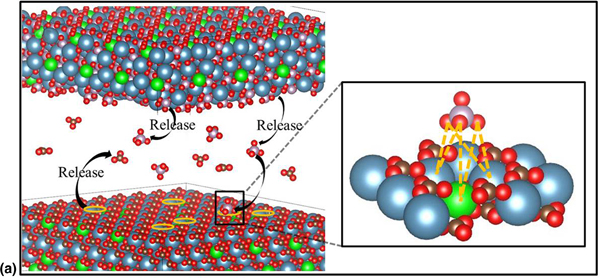Crossref Citations
This article has been cited by the following publications. This list is generated based on data provided by Crossref.
UIIah, Ihsan
Cao, Lei
Cui, Wei
Xu, Qian
Yang, Rui
Tang, Kang-lai
and
Zhang, Xing
2021.
Stereolithography printing of bone scaffolds using biofunctional calcium phosphate nanoparticles.
Journal of Materials Science & Technology,
Vol. 88,
Issue. ,
p.
99.
Lukaviciute, Laura
Ganceviciene, Ruta
Tsuru, Kanji
Ishikawa, Kunio
Yang, Jen-Chang
Grigoraviciute, Inga
and
Kareiva, Aivaras
2024.
Cationic substitution effects in phosphate-based bioceramics - A way towards superior bioproperties.
Ceramics International,
Vol. 50,
Issue. 19,
p.
34479.
Cheng, Lufan
Dong, Xiaoxiao
Lin, Yangyang
Guo, Kai
Cao, Lei
Zhang, Zeping
Yang, Rui
and
Zhang, Xing
2024.
Yb3+/Er3+ co-doped Mg-substituted tricalcium phosphate upconversion materials for bioimaging.
Materials Letters,
Vol. 371,
Issue. ,
p.
136951.
Addou, Fatima
El Yacoubi, Ahmed
and
El Massaoudi, Mohamed
2025.
Green Chemistry, Sustainable Processes, and Technologies.
p.
1.


